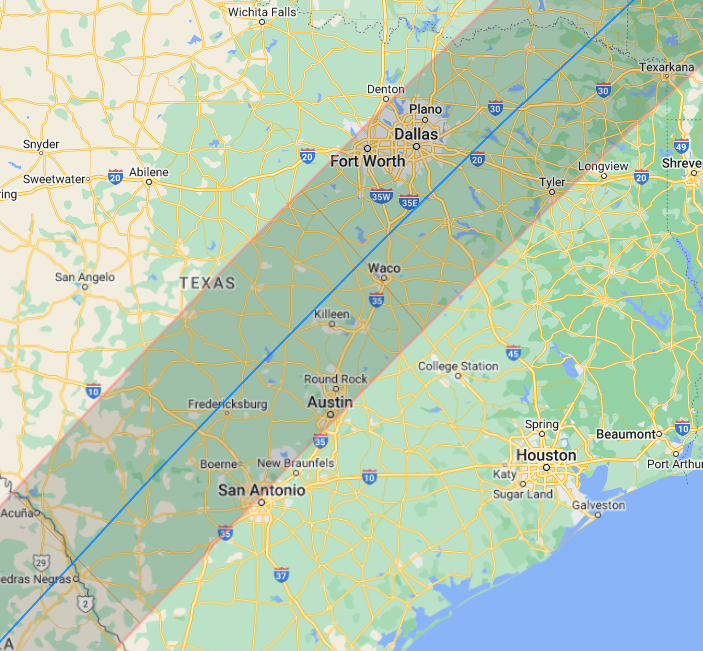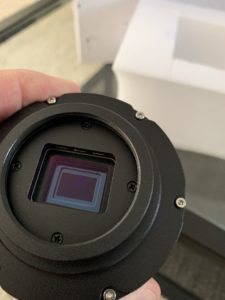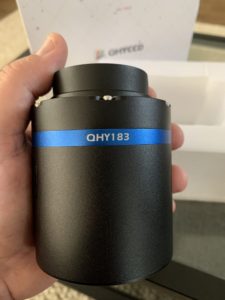The Bright Comet of 2024

The anticipated brightening of Comet C/2023 A3 (Tsuchinshan-ATLAS) for northern hemisphere observers began in late September 2024. True to predictions the comet brightened as it entered the inner solar system and approached perihelion. The comet was poised for a great showing in the evening sky after sunset for a week to ten days beginning on October 12, 2024.

Comet C/2023 A3 (Tsuchinshan-ATLAS) moved into the constellation Serpens Caput by Tuesday, Oct. 15, 2024. It was only a little over 1 degree (The width of the tip of your little finger at arm’s length) away from the globular cluster M5 on this evening. The following is a screen capture of the comet and M5 as predicted in Stellarium.

The weather was not the best on Tuesday evening October 15, 2024. We had a cool front blowing through with 15-25 mph gusts and the Moon was just about full helping to wash out the comet but I managed to get ten 5 second shots that I could stack in Sequator along with 5 darks. I did some processing in Adobe Camera RAW and the result is below.

The shot above has a couple of things going for it. It reveals the globular cluster M5, the faint smudge to the right of the comet’s nucleus and you can just make out the anti-tail stretching down in front of the comet. The anti-tail appears to protrude from the opposite direction of the normal tail that is easily seen stretching upward in the photo. I used a Sky Watcher Star Adventurer 2i to track the comet, Nikon 5100 and Nikon telephoto lens to shoot A3.
You can find a few more images I took of Comet A3 and additional details about the comet on my dedicated Comet C/2023 A3 (Tsuchinshan-ATLAS) page.











 I had been looking forward to visiting this site for years and as it turned out I had my chance in the spring of 2022. It was a bucket list item for me, and it did not disappoint.
I had been looking forward to visiting this site for years and as it turned out I had my chance in the spring of 2022. It was a bucket list item for me, and it did not disappoint.











